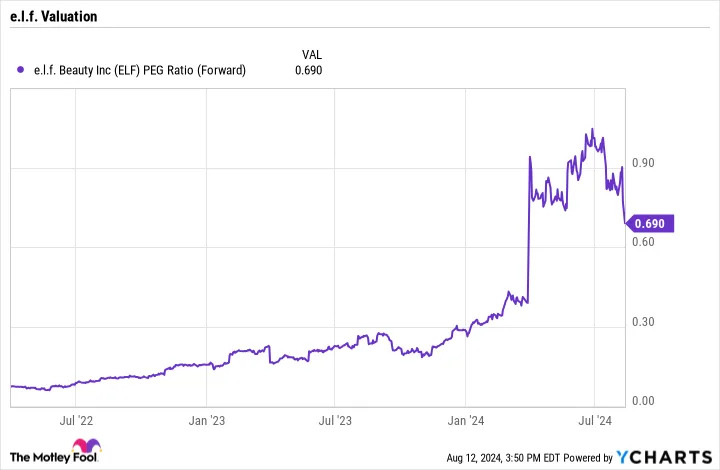As 2025 gets underway, investors are closely watching the factors that could influence the bond market. Kevin Nicholson, global fixed income CIO at RiverFront Investment Group joined TheStreet to discuss how the new administration, Federal Reserve policy, and market changes could shape the bond market landscape in the new year.
Related: Bonds hold the keys to what's next for stocks
Full Video Transcript Below:
CONWAY GITTENS: And what do you think is going to have more influence on the bond market in 2025 and on interest rates. Trump, White House or the Federal Reserve.
KEVIN NICHOLSON: In 2025, I think that it's really going to be more driven by the new administration. The Federal Reserve will be somewhat reactive to the data. And so depending on how the data comes out, will depend on how the Federal Reserve is going to react. I think that moving into 2025, the impetus is going to be more on fiscal policy and less on monetary policy.
Make the most of your money with TheStreet:
CONWAY GITTENS: So given that, what do you think will be the most prudent bond strategy for 2025?
KEVIN NICHOLSON: The most prudent bond strategy in our minds is to invest on the front end of the curve. That 1 to five year part of the curve, really 3 to five years is probably the sweet spot on the curve just because right now the front end of the curve is so flat between two years and 10 years, you don't have much steepness at this point. So it is worthwhile to go ahead and invest in that 3 to five year part of the curve. I would think about the belly of the curve that 10 year part of the curve if yields get higher above 4 and 1/2, then we would think about filling in that part of the curve. And then at the long end, that's where we would be underweight because we do think that there's going to be upward pressure. And as the Fed cuts rates in an interest rate environment that allows for more growth. We think that we're going to have basically a bifurcated yield curve where the front end of the curve will come down, the long end of the curve will go up. So you're going to have a much steeper yield curve. So therefore on the back end of the curve, we are tending to think more like underweighting that part of the curve.






